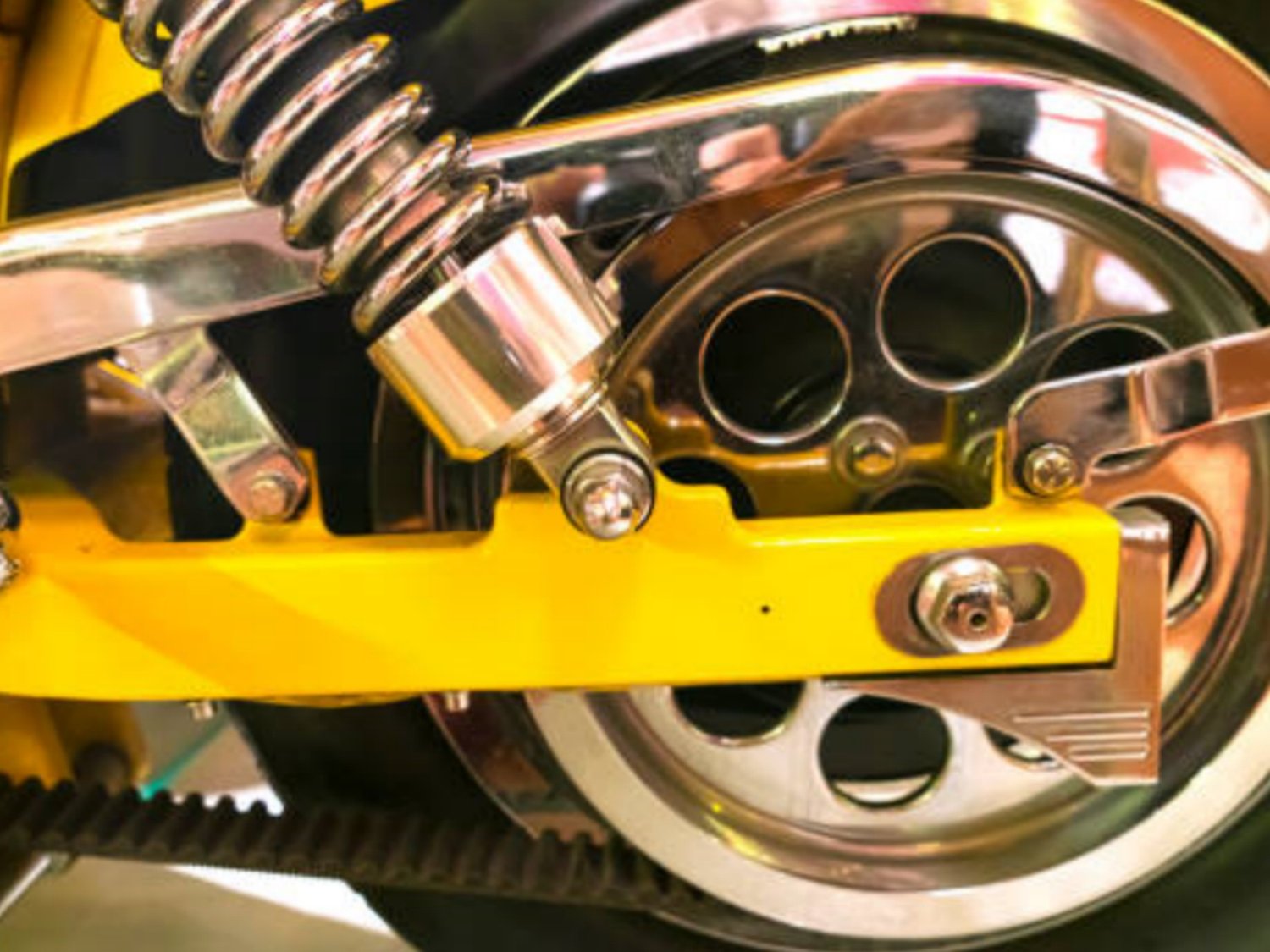how to measure torsion springs: A Comprehensive Guide
When it comes to torsion springs, proper measurement is crucial for a successful replacement or repair. Whether you are a DIY enthusiast or a professional, understanding how to measure torsion springs accurately is essential. In this article, we will provide you with a step-by-step guide on measuring torsion springs, ensuring that you have the correct dimensions for your specific needs.
1. Understanding Torsion Springs
Before we delve into the measurement process, it's important to have a basic understanding of torsion springs. Torsion springs are tightly wound coils that store mechanical energy when twisted. They are commonly used in garage doors, industrial machinery, and various other applications. These springs exert a torque or rotational force, hence their name.
2. Safety Precautions
Before attempting to measure torsion springs, it is vital to take necessary safety precautions. Torsion springs are under high tension and can cause serious injury if mishandled. Ensure you wear protective gear such as gloves and safety glasses. If you are uncertain or uncomfortable with the process, it is advisable to seek professional assistance.
3. Measuring Wire Size
The wire size of a torsion spring determines its strength and durability. To measure the wire size accurately, you will need a caliper or micrometer. Carefully measure the diameter of the wire at various points along the spring. Take multiple measurements and calculate the average for the most precise result. Record the wire size in inches or millimeters.
4. Determining the Inner Diameter
The inner diameter of a torsion spring refers to the diameter of the coil itself. To measure the inner diameter, place a measuring tape or caliper across the center of the spring. Ensure that the tape or caliper touches opposite points on the inside of the coil. Again, take multiple measurements and calculate the average for accuracy.
5. Measuring the Outer Diameter
The outer diameter of a torsion spring is the total diameter of the coil, including the wire thickness. Similar to measuring the inner diameter, place a measuring tape or caliper across the spring, but this time include the wire thickness in your measurement. Take multiple measurements and calculate the average to obtain an accurate outer diameter.
6. Counting the Coils
Counting the number of coils is essential for determining the active length of the spring and ensuring a proper fit. Start by identifying one complete coil, and then count the number of complete coils from one end to the other. Avoid counting any partial or cut-off coils. Note down the total number of coils as this will be crucial during replacement or repair.
7. Calculating the Spring Length
The spring length refers to the overall length of the torsion spring when it is not under any tension. To measure the spring length accurately, simply stretch the spring out on a flat surface and measure from one end to the other. Make sure to keep the spring straight and avoid any bends or twists. Record the spring length for future reference.
8. Identifying the Wind Direction
Torsion springs can have either a left-hand or right-hand wind. Identifying the correct wind direction is crucial when ordering or replacing a torsion spring. Stand facing the end of the spring and observe the direction in which the coils wind. If the coils wind in a clockwise direction, it is a right-hand wind spring. If they wind counterclockwise, it is a left-hand wind spring.
9. Determining the Wire Type
The wire type of a torsion spring influences its strength and flexibility. The most common wire types are oil-tempered and music wire. To determine the wire type, check for any markings or labels on the spring. Oil-tempered springs are generally marked with "OT" or "O.T.," while music wire springs may be labeled with "MW" or "M.W." If there are no markings, consult a professional or the manufacturer for assistance.
10. Seeking Professional Assistance
Measuring torsion springs accurately can be a complex process, especially for individuals without prior experience. If you are uncertain or encounter any difficulties during the measurement process, it is recommended to seek professional assistance. Professional technicians have the knowledge and expertise to measure torsion springs correctly, ensuring optimal performance and safety.

